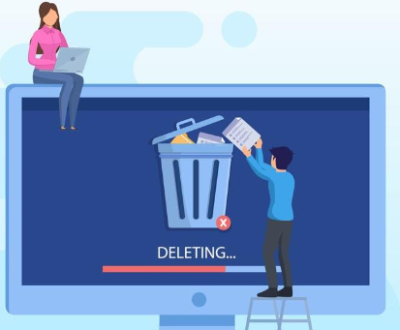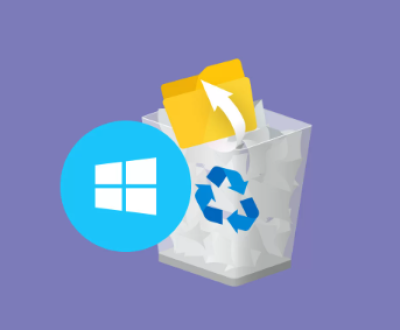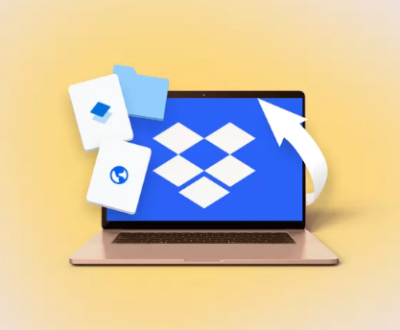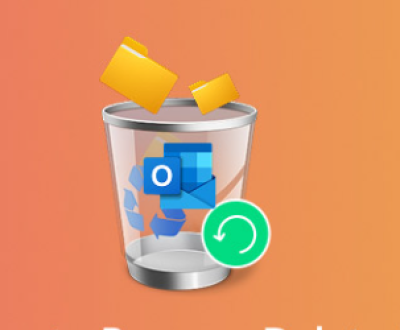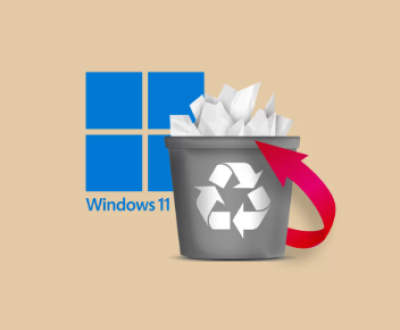One of the lesser-known but essential elements of disk configuration is the recovery partition. Most people rarely interact with it directly, yet it’s often there quietly occupying disk space and waiting to be summoned during system emergencies.
But what happens when you no longer need the recovery partition? Perhaps you’ve backed up your data elsewhere, created a recovery USB drive, or simply want to reclaim precious storage. In that case, removing the recovery partition can be a logical next step but it’s one that must be taken with care.
What Is a Recovery Partition?
A recovery partition is a special disk partition created by your operating system or PC manufacturer. Its purpose is to store system recovery tools and sometimes even a full copy of the operating system. If your PC encounters issues that render it unbootable or unstable, you can boot into the recovery partition to perform system repairs or a factory reset.

Recovery partitions usually come in two forms:
OEM Recovery Partition: Pre-installed by manufacturers like Dell, HP, Lenovo, etc. Used to restore your PC to factory settings.
Windows Recovery Environment (WinRE): Created by Windows itself and contains system repair tools like startup repair, system restore, and command prompt access.
Why Would You Want to Remove It?
There are several valid reasons to remove a recovery partition:
Reclaim Storage: Recovery partitions can take up between 500 MB to several GBs of space.
Using a Custom Backup Solution: If you rely on third-party backup tools or cloud-based recovery methods, the local recovery partition may be redundant.
Disk Cleanup: During drive management or SSD upgrades, you may want to clean up all non-essential partitions.
Cloning and Partitioning: If you’re cloning your system or repartitioning the drive, removing unnecessary partitions can simplify the process.
Precautions Before Removing a Recovery Partition
Before you proceed, it’s vital to take a few precautions:
Backup Your Data: Always back up your important files and settings before modifying disk partitions.
Create a Recovery Drive or Installation Media:
On Windows: Use the built-in tool to create a recovery USB drive.
On macOS: Use Time Machine or create a macOS installer USB.
Know Your Setup: Check whether you have one or multiple recovery partitions. Some systems might rely on one of them for basic recovery tools.
Understand the Risks: Deleting the recovery partition means you won’t be able to perform a factory reset or recovery without external tools.
How to Identify the Recovery Partition
On Windows
You can identify the recovery partition using Disk Management or Command Prompt.
Disk Management
Press Win + X and choose Disk Management.
Look for a small partition labeled “Recovery Partition” or without a drive letter.
Command Prompt
Open Command Prompt as Administrator.
Type diskpart and press Enter.
Type list disk, then select disk 0 (or the disk number you want).
Type list partition to view all partitions.
On macOS
Open Disk Utility from Applications > Utilities.
Click View > Show All Devices.
The recovery partition will often be hidden, but tools like Terminal (diskutil list) will show it.
How to Remove the Recovery Partition in Windows
Method 1: Using Diskpart
Open Command Prompt as Administrator.
Type diskpart and press Enter.
Type list disk and identify your primary disk.
Type select disk 0 (replace 0 with your actual disk number).
Type list partition to view all partitions.
Identify the Recovery Partition — usually a small (e.g., 500 MB – 1 GB) partition with no drive letter.
Type select partition X (replace X with the recovery partition number).
Type delete partition override.
⚠️ The override command is necessary for protected partitions. Use it with caution.
Method 2: Using Disk Management (GUI)
Note: Windows Disk Management typically does not allow deletion of recovery partitions through the GUI. However, in some cases (especially with external drives or secondary disks), you may right-click and select “Delete Volume.” If it’s grayed out, use Diskpart instead.
How to Remove the Recovery Partition in macOS
macOS does not allow you to delete the recovery partition easily from Disk Utility. You’ll need to use Terminal.
Using Terminal
Open Terminal.
Type diskutil list to identify all partitions.
Find the identifier for the recovery partition, typically disk0s3 or similar.
Use this command:
bash
sudo diskutil eraseVolume “Free Space” %noformat% /dev/disk0s3
Replace /dev/disk0s3 with your actual recovery partition identifier.
⚠️ This process does not guarantee macOS won’t recreate the recovery partition during future system updates. Use with caution and consider the consequences.
Considerations for Systems with Multiple Drives
If you have more than one physical disk (e.g., an SSD and HDD combo setup), your recovery partition may not be on the primary disk. Use diskpart or diskutil carefully to ensure you’re deleting the correct partition.
In some rare configurations, especially on older systems, the boot manager or EFI partition might coexist with recovery partitions. Never delete EFI system partitions unless you’re an advanced user and have a complete boot repair strategy.
Special Case: Removing Recovery Partition on External Drives
Sometimes, recovery partitions can be written to external USB drives by mistake or by design. If you want to clean such a drive completely:
On Windows
Open Command Prompt.
Use diskpart.
Use list disk, select disk X, and clean to wipe the entire drive.
Recreate partitions using create partition primary.
On macOS
Use Terminal.
Run:
bash
diskutil list diskutil eraseDisk ExFAT MyDriveName /dev/disk2
Replace disk2 with your actual external drive ID.
What Happens After Deletion?
Once the recovery partition is removed:
Windows will no longer offer the option to reset your PC via the recovery environment. You’ll need external media (e.g., recovery USB or installation DVD).
macOS will fail to boot into recovery mode (Cmd + R) unless you’ve made a USB installer or reinstalled macOS.
Disk Space: The space used by the partition will be unallocated. You may need to extend your main partition to reclaim it.
How to Extend Your Main Partition After Deletion
On Windows
Go to Disk Management.
Right-click on your main partition (C:).
Choose “Extend Volume.”
Follow the wizard to absorb the unallocated space.
On macOS
Open Terminal.
Use:
bash
diskutil resizeVolume /dev/disk0s2 R
Replace with your main partition identifier and desired size (R can be left for resizing to maximum).
Recreating the Recovery Partition (If Needed Later)
If you change your mind and want to get your recovery partition back:
On Windows
Use the Media Creation Tool from Microsoft to create recovery media.
Reinstall Windows using the USB and choose the advanced option to recreate partitions.
On macOS
Reinstall macOS via the installer.
macOS typically creates a recovery partition during installation.
When You Should Not Delete the Recovery Partition
There are scenarios where keeping the recovery partition is preferable:
No External Recovery Drive: If you haven’t created any bootable recovery tool.
Older PCs with OEM Tools: Some proprietary recovery tools are tightly coupled with the OEM partition.
Frequent System Errors: If your system is prone to crashes or boot issues, keeping a recovery option in place is safer.
About us and this blog
Panda Assistant is built on the latest data recovery algorithms, ensuring that no file is too damaged, too lost, or too corrupted to be recovered.
Request a free quote
We believe that data recovery shouldn’t be a daunting task. That’s why we’ve designed Panda Assistant to be as easy to use as it is powerful. With a few clicks, you can initiate a scan, preview recoverable files, and restore your data all within a matter of minutes.

 Try lt Free
Try lt Free Recovery success rate of up to
Recovery success rate of up to

